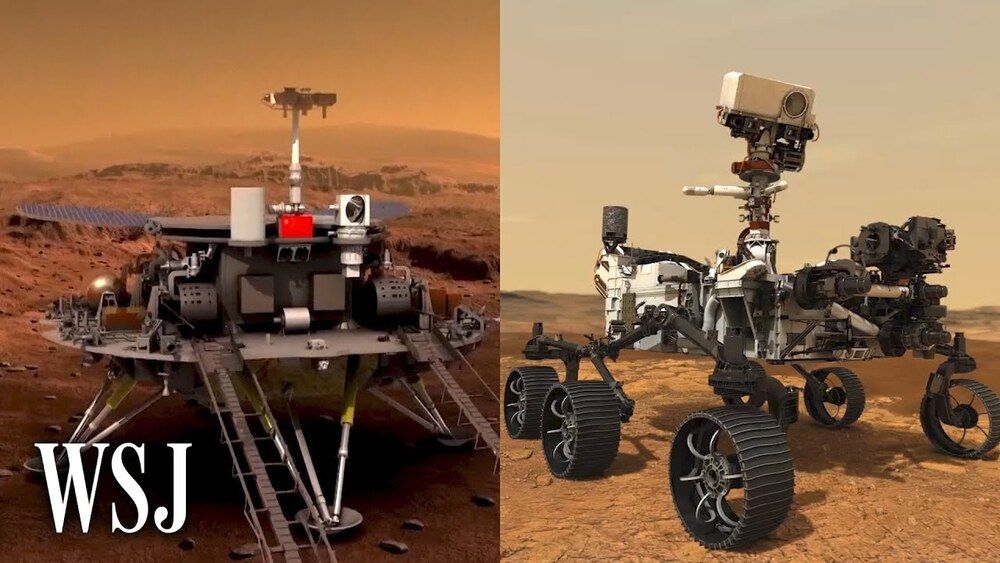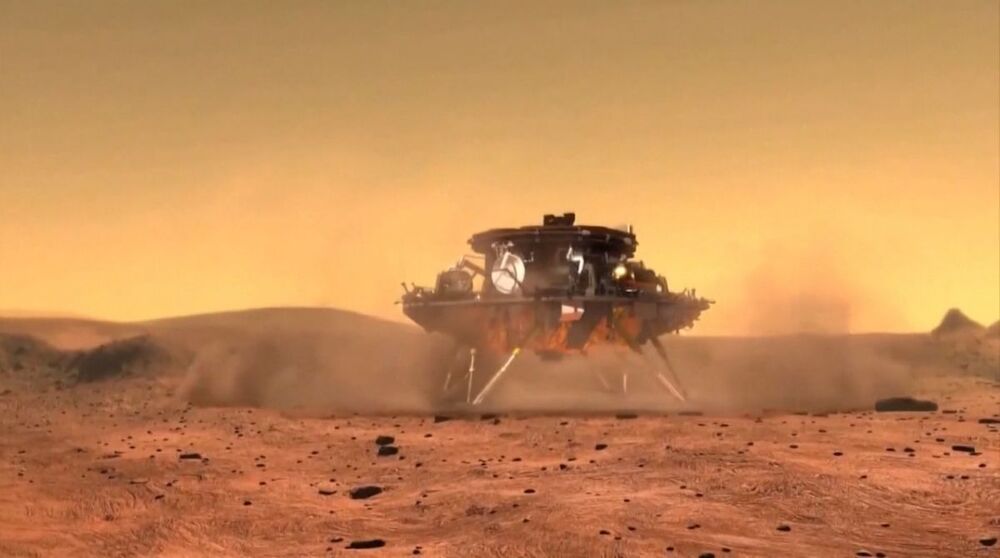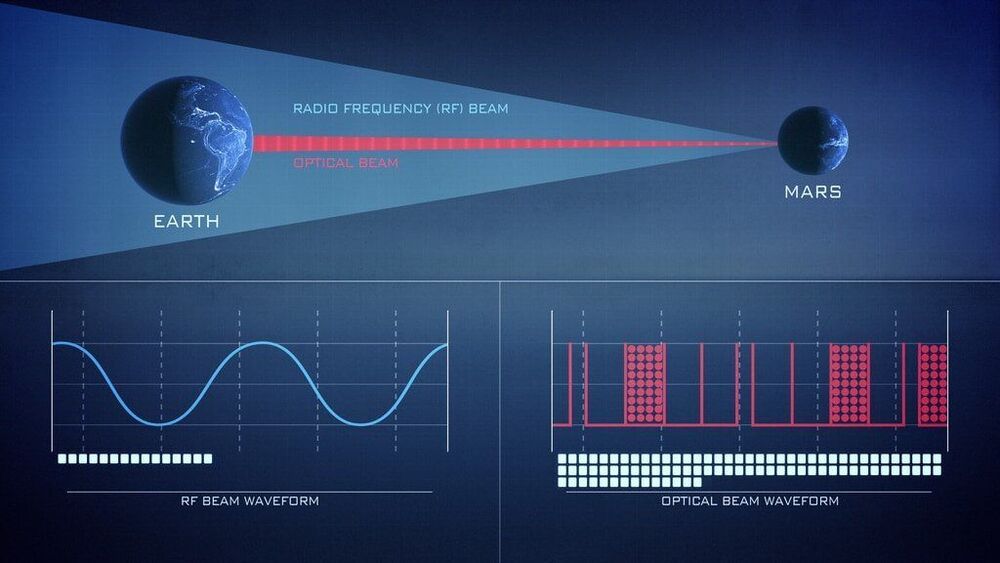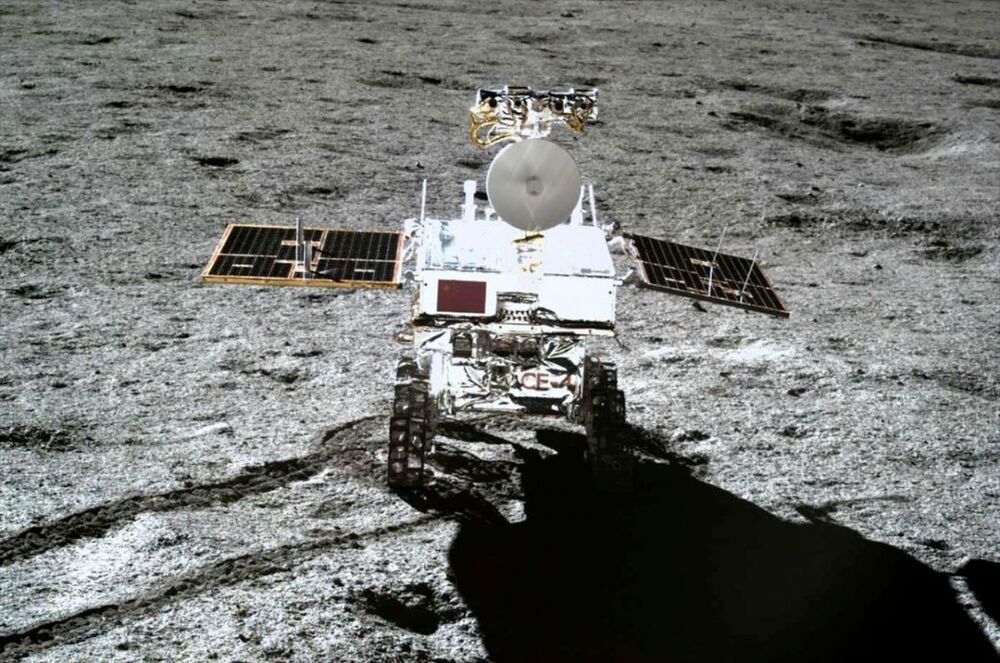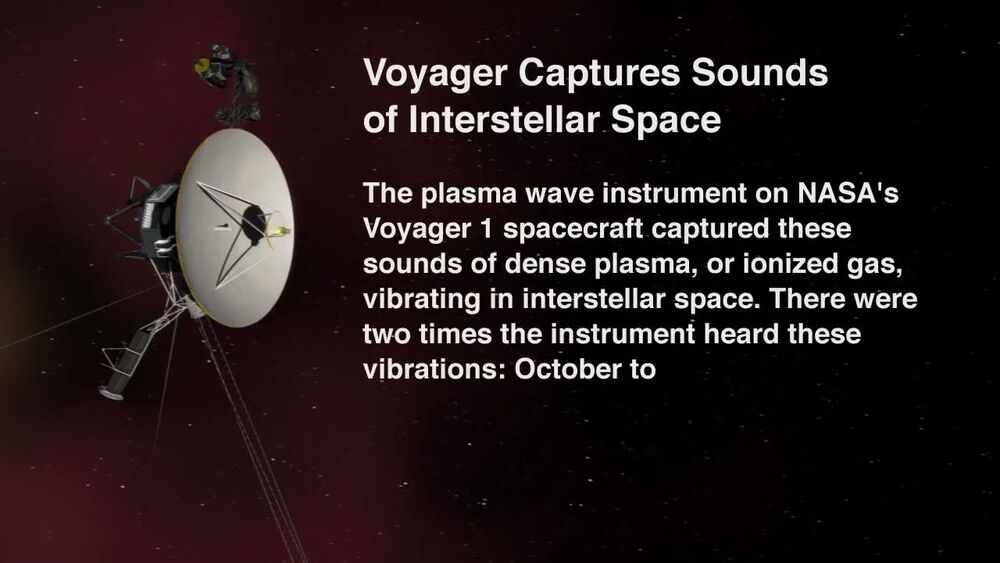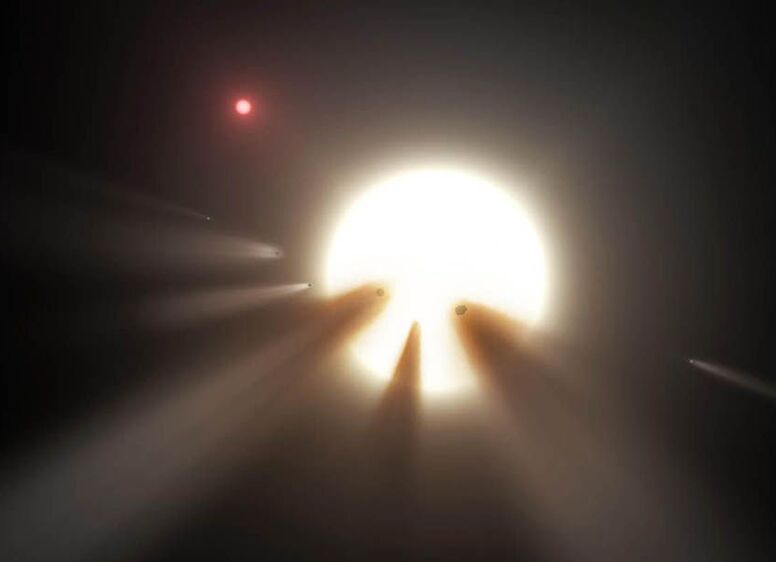The U.S. and China are locked in a fierce battle in the race for Mars. China’s Zhurong rover is circling Mars as the country attempts to land a spacecraft on the red planet for the first time, just months after NASA landed its Perseverance rover. Photos: NASA; CCTV
More from the Wall Street Journal:
Visit WSJ.com: http://www.wsj.com.
Visit the WSJ Video Center: https://wsj.com/video.
On Facebook: https://www.facebook.com/pg/wsj/videos/
On Twitter: https://twitter.com/WSJ
On Snapchat: https://on.wsj.com/2ratjSM
#WSJ #NASA #Mars
